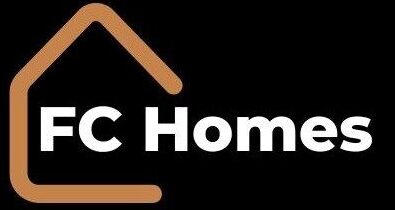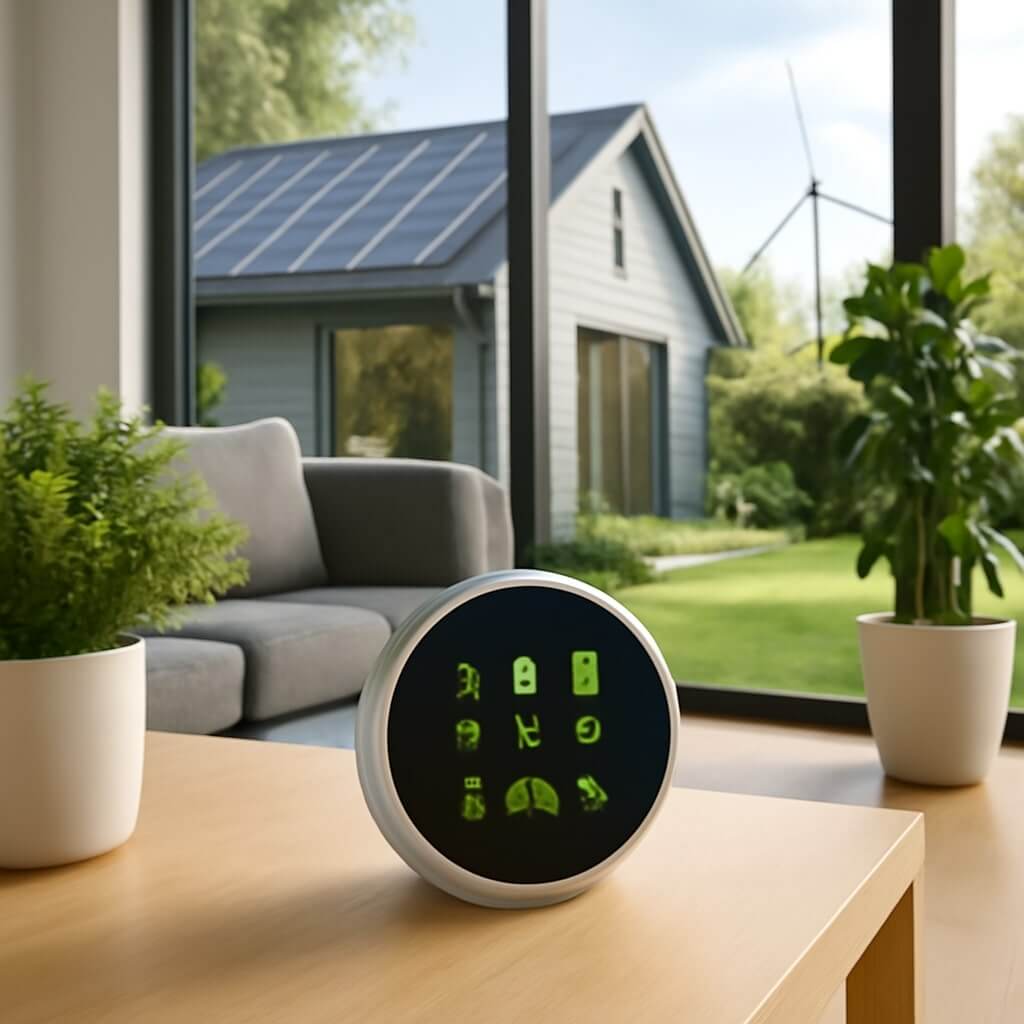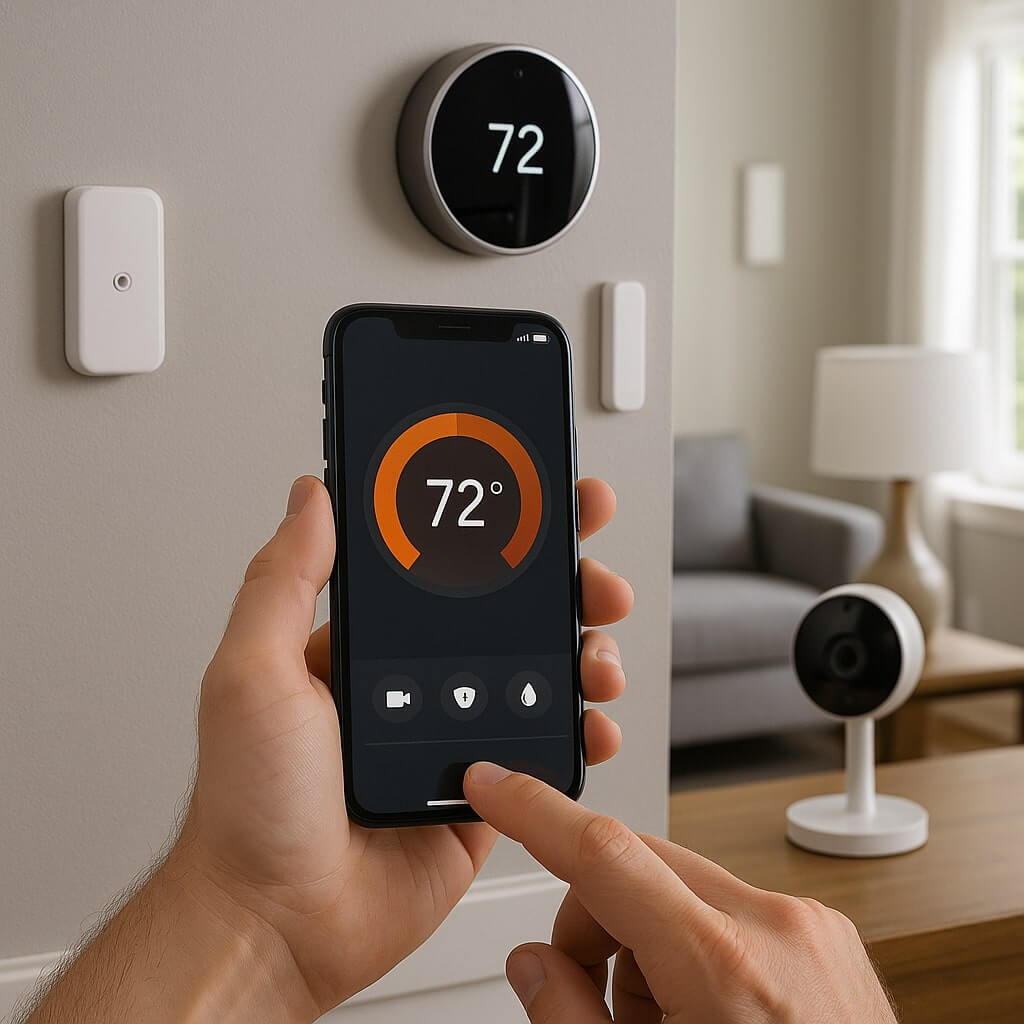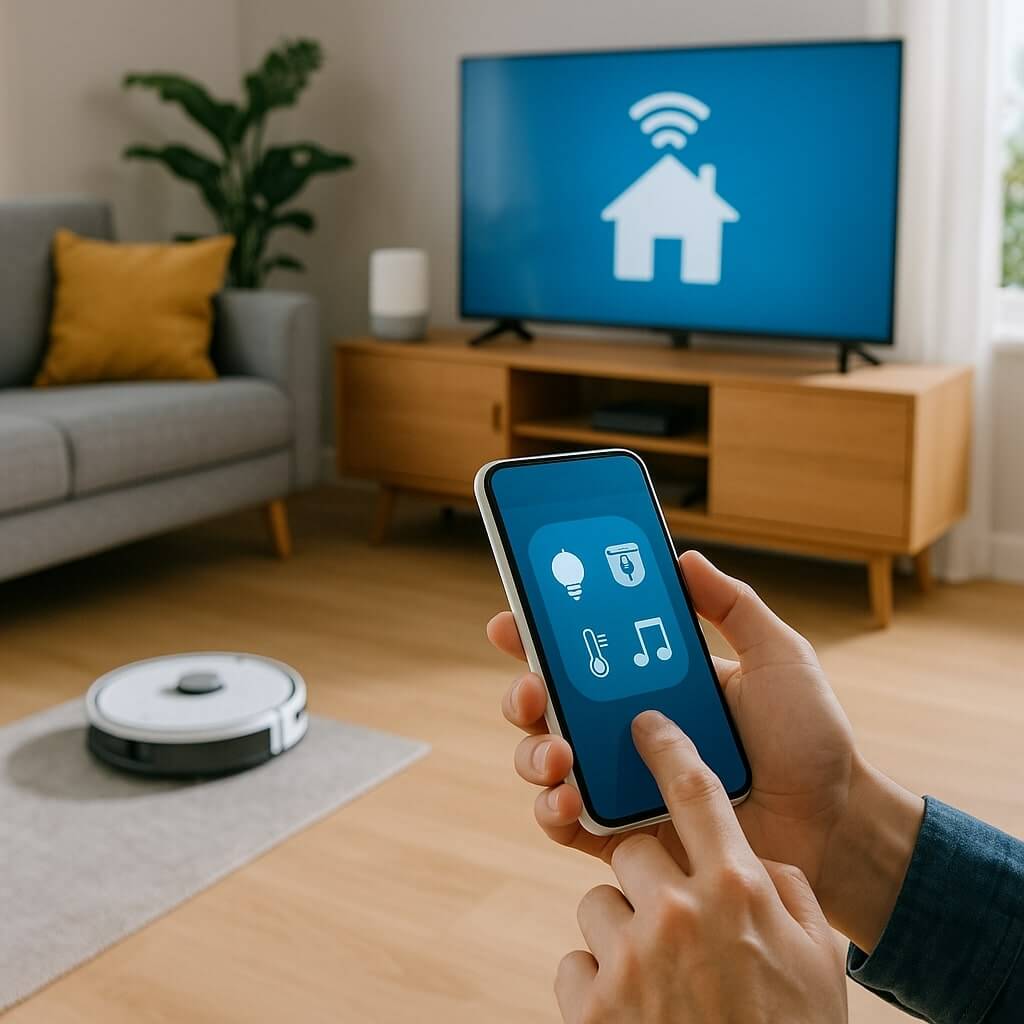In today’s world, sustainability is more important than ever. The shift towards eco-friendly solutions is becoming a global priority, and one of the most significant developments in this area is the rise of green smart home automation. Green smart homes focus on optimizing energy use, reducing waste, and enhancing the overall efficiency of home systems. These homes are designed with sustainability in mind, and with the help of advanced technologies like Inspider, a smarter and greener lifestyle is becoming more accessible to homeowners.
What is Green Smart Home Automation?
Green smart home automation integrates energy-efficient systems and technologies to control and monitor a home’s resources. This includes heating, lighting, air conditioning, water usage, and even waste management. By combining these systems with smart technology, homeowners can reduce their carbon footprint, save on utility bills, and live a more sustainable life. Inspider technology plays a crucial role in this transformation by providing intelligent solutions that manage these systems effectively.
Key Innovations in Green Smart Home Automation

1. Energy-Efficient Lighting Systems
One of the first innovations in green smart home automation is energy-efficient lighting. With Inspider’s smart lighting technology, homeowners can optimize their energy consumption by controlling lights based on occupancy or time of day. These lighting systems use LEDs that consume far less energy than traditional bulbs and can be automatically turned off when no one is in the room. Moreover, homeowners can program the system to dim or change light colors to suit different moods or needs, reducing overall electricity usage.
2. Smart Thermostats and Climate Control
Smart thermostats, powered by Inspider technology, enable homeowners to manage their home’s heating and cooling systems more efficiently. These devices learn your preferences over time and adjust the temperature based on occupancy and external weather conditions. By optimizing the use of heating and cooling, these systems can reduce energy waste, maintain comfortable living conditions, and contribute to lower utility bills.
3. Water Conservation Systems
Water management is a critical aspect of sustainable living, and Inspider’s water conservation solutions make it easier for homeowners to monitor and reduce their water usage. These systems use smart sensors and automated controls to regulate water flow, detect leaks, and provide real-time data on water consumption. By integrating this technology, homeowners can significantly reduce their water waste and lower their environmental impact.
4. Solar Power Integration
Green homes often rely on solar energy to power various systems, and Inspider technology seamlessly integrates solar power into home automation systems. Solar panels can power everything from lighting to appliances, and the system can intelligently decide when to use solar energy, store excess power, or draw from the grid. This energy integration is a key component of creating a self-sustaining home and reducing dependency on non-renewable energy sources.
5. Smart Appliances for Energy Management
Incorporating smart appliances in a green home allows for better energy management. Inspider-powered appliances like refrigerators, washing machines, and dishwashers can be scheduled to operate during off-peak hours when energy demand is lower. These appliances use less energy, contributing to the home’s overall sustainability efforts and saving on electricity costs.
6. Waste Management Automation
Proper waste management is essential for a sustainable home. With Inspider’s waste management systems, homeowners can automate sorting and recycling processes. Smart bins can differentiate between recyclable, organic, and non-recyclable waste, making the waste disposal process easier and more efficient. These systems help reduce the amount of waste sent to landfills and encourage recycling.
Benefits of Green Smart Home Automation

- Cost Savings: The most immediate benefit of green smart home automation is reduced energy and water bills. With optimized systems in place, homes become more efficient in managing energy consumption, resulting in long-term cost savings.
- Environmental Impact: By reducing energy use and waste, green homes make a significant contribution to sustainability and environmental conservation.
- Convenience: Smart home technology allows homeowners to automate many tasks, such as controlling lighting, climate, and appliances, creating a more comfortable and convenient living experience.
- Increased Property Value: As more people seek eco-friendly solutions, homes equipped with green smart automation systems can command a higher value on the real estate market.
Frequently Asked Questions (FAQ)
Inspider technology powers smart home automation systems, allowing homeowners to monitor and control energy usage, water consumption, and waste management. It uses artificial intelligence and sensors to optimize efficiency and sustainability.
Smart lighting systems automatically adjust brightness based on the time of day, occupancy, or ambient light, ensuring that lights are only used when necessary. This reduces electricity consumption and contributes to a more sustainable home.
A green smart home includes energy-efficient lighting, smart thermostats, solar power integration, water conservation systems, and intelligent waste management solutions. These technologies work together to reduce the home’s carbon footprint.
While the initial cost of setting up a green smart home can be higher than traditional homes, the long-term savings on utility bills and the positive environmental impact make it a worthwhile investment.
Yes, most green smart home automation systems can be retrofitted into existing homes. Many solutions are modular and can be installed without extensive renovations, allowing homeowners to gradually transition to more sustainable living.
Conclusion
Green smart home automation is revolutionizing the way we think about sustainable living. With Inspider technology, homeowners can optimize energy consumption, conserve water, manage waste, and integrate renewable energy sources—all while enhancing comfort and convenience. These innovations are helping to create smarter, more eco-friendly homes that not only reduce our environmental footprint but also provide financial benefits. As the demand for sustainability continues to grow, green smart homes are poised to become the standard for modern living.




